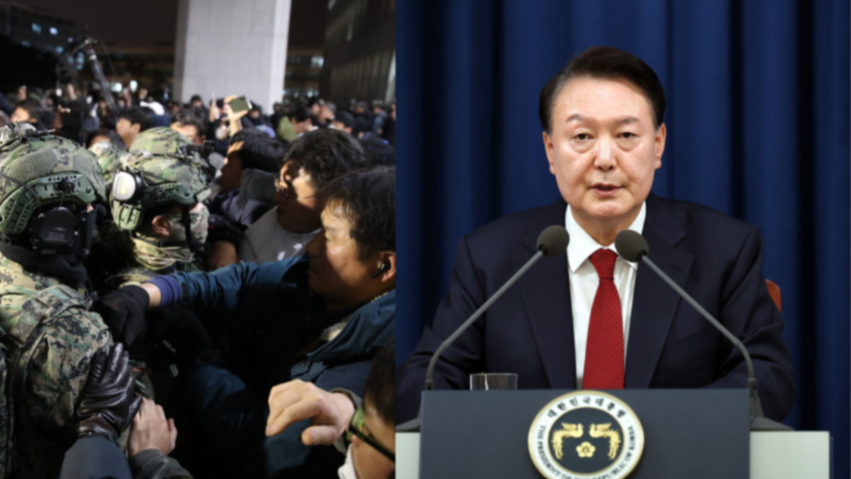
On the night of December 3, 2024, South Korea was plunged into political political crisis, following President Yoon Suk Yeol’s promulgation of rare martial law for national security reasons. The proclamation cited rising threats from North Korea and political unrest bordering instability, making it an unprecedented motion in the realm of the nation’s modern history. The move, however, was sure to spur violent outcry from within and outside the borders, with critics accusing the government of overstepping democratic boundaries.
The situation escalated rapidly just six hours after it was unveiled, with the 190 lawmakers of the National Assembly voting to reverse the martial law. The sudden reversal came amidst intense protests and growing concerns over the impact on South Korean democracy. The speed of this shift demonstrated the deep divide within the political landscape, with some factions questioning whether the government had exaggerated the threats it cited as justification for such drastic measures.
Financial markets reacted sharply upon the announcement, with the cryptocurrency sector in South Korea witnessing tremendous volatility. Bitcoin and other major cryptocurrencies dropped by as much as 30%, reflecting investor uncertainty, while the Korean won weakened. However, the reversal of martial law sparked a swift recovery in markets, with a notable rise in cryptocurrency trading volumes.
Even though silence was returned quickly, the night of chaos left lingering questions about the stability of South Korea’s political environment.

